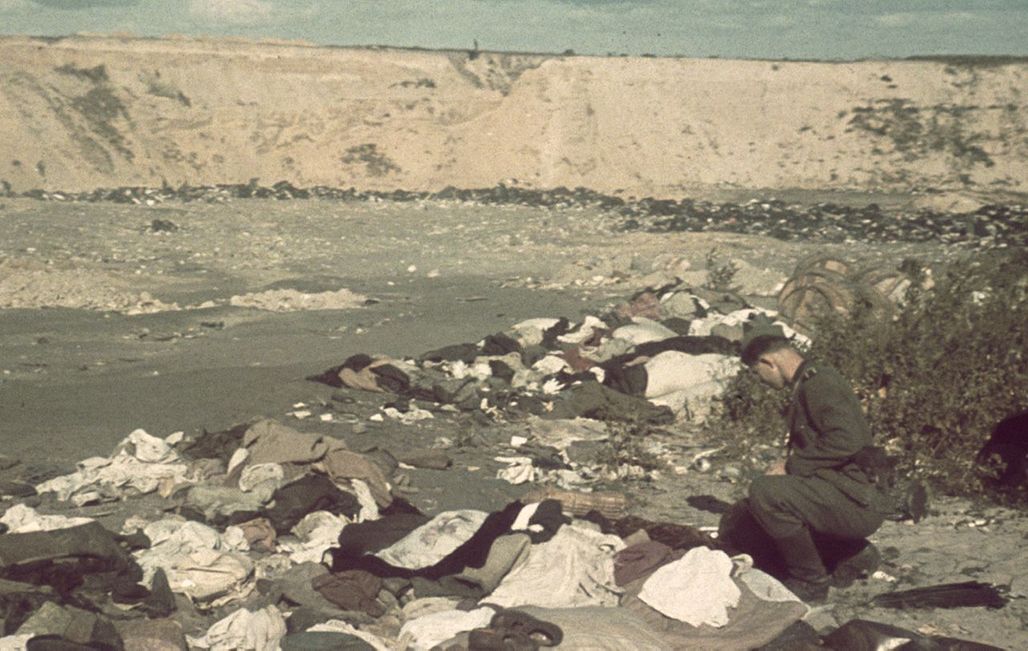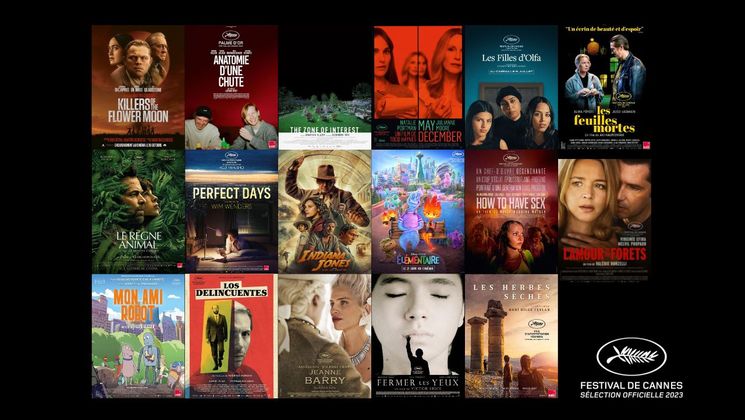
Babi Yar. Context: deciphering the beginnings of a horrific event

In this gripping documentary, based on archival footage with sound, filmmaker Sergei Loznitsa recounts the months leading up to the extermination of several hundred thousand Ukrainian Jews during the Second World War. More specifically, those who died in the infamous Babi Yar massacre in Kiev on 29 and 30 September 1941.
When did Babi Yar. Context first come to life?
Eight years ago, I started writing a fictional story about the Babi Yar ravine massacre. To do so, I consulted numerous documents and compiled a significant number of clips that had been filmed in Ukraine between 1941 and 1943 during the German occupation. Then, a year ago, I was contacted by Ilya Khrzhanovskiy, the artistic director of the Holocaust memorial in Kiev. The proposal coincided with the start of the pandemic, which delayed production of the film by at least a year. I thought it would be a good idea to make a documentary based on the archive films I’d accumulated. Ilya Khrzhanovskiy accepted and then the work began.
Where do the clips you’ve used come from?
Our researchers scoured through the German, Russian and Ukrainian national archives. I had to watch dozens of hours of footage from the time of the USSR’s occupation, which was captured by professional cameramen, German officers or soldiers who had filmed with their 16mm cameras on the front line. But we also looked at reels from Die Deutsche Wochenschau, the Nazi propaganda news bulletin that was produced in Germany and distributed throughout the territory occupied by the Third Reich. Some of them had been kept in very good condition, while others were partially damaged and took several months to be restored.
What has been the common thread of the film?
The reconstruction of the events that led to the massacre. I wanted to put this tragedy into context. I looked for footage of what life was like in Kiev and occupied Ukraine during the first months of the German invasion. We also found footage of the Kiev trial, which took place after the war in 1946.
When you refer to the massacre, you use photographs. Why did do you decide to do this?
Officially, it was forbidden to film mass killings. As such, we don’t actually have any footage documenting the Babi Yar massacre other than a series of photos that were taken a few days later. That said, we did manage to find footage documenting the Lvov massacre.
One of the great achievements of this documentary is its sound work…
Most of the sequences didn’t have any sound, and since I never use voice-overs in my documentaries, we were forced to create the audio for many scenes. Alongside Vladimir Golovnitski, who I’ve worked with on twenty films, we managed to develop a method for creating sound. He has carefully crafted the atmosphere and sound of each of our films, bringing them to life. His work gives the viewer the feeling that the scene is unfolding before their eyes.
How is the Babi Yar massacre remembered in the memory of the Ukrainian people?
Ukrainian society has yet to find a way to openly discuss the Holocaust and the role that the Ukrainian people played in it. It’s a very complex and painful subject, but it needs to be addressed.


